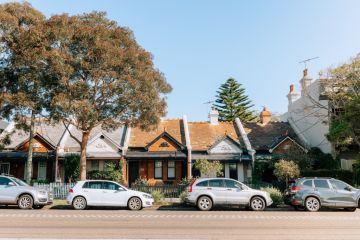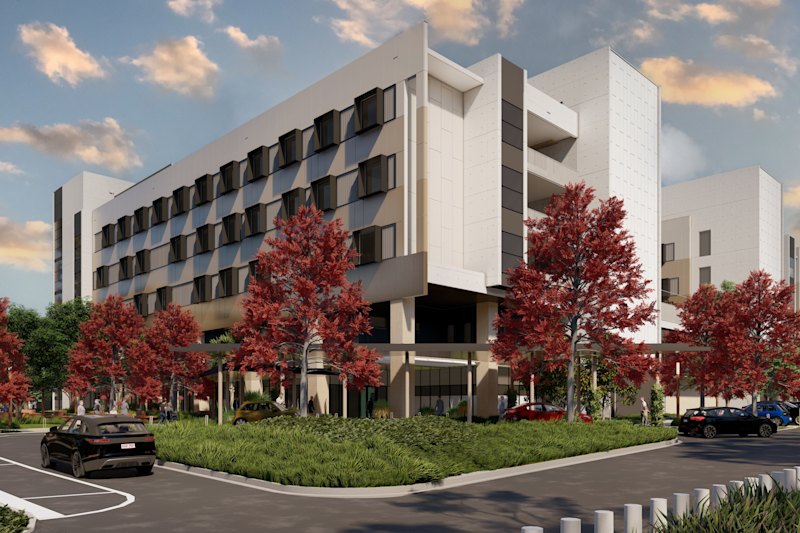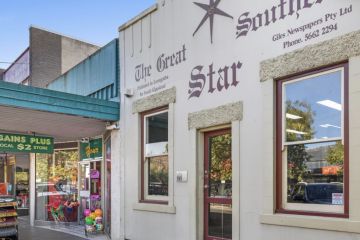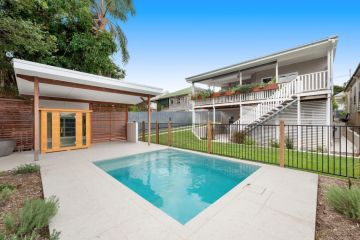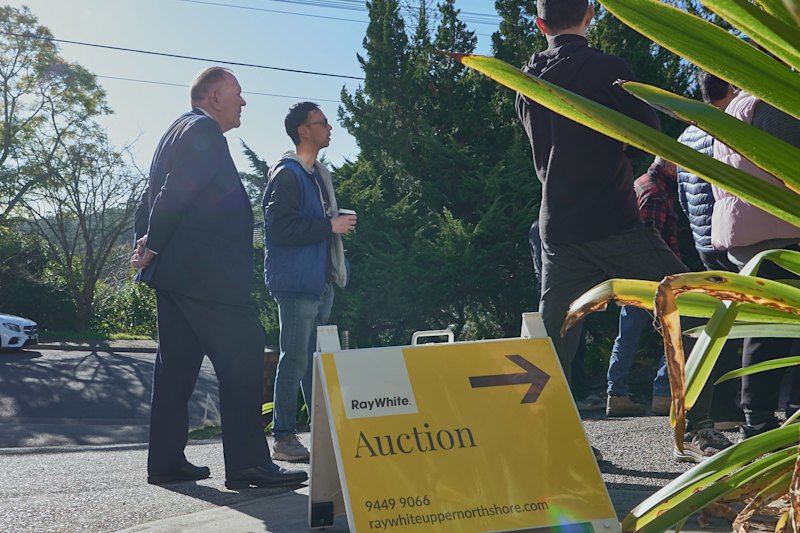Housing affordability in Sydney was actually improving three years ago - then the boom hit

In every capital city with the exception of Sydney, homes were more affordable in 2016 than their 15 year average, new research shows.
Affordability was actually improving from 2010 to 2013 before being quickly offset by property price growth, the Housing Industry Association report Dwelling Prices: What’s the current state of play? found.
In 2012, Sydney’s median house price was $645,000. By 2016, it was more than $1 million. The harbour city has been through one of the most publicised growth cycles in the country. But what caused the boom?
To understand what created this ramp up in prices, and pushed Sydney to its position as the country’s least affordable city, we have to rewind to the early-2000s.
From December 2000 to December 2003, there was a property boom in Sydney that leaves 2012 “pale in comparison”, property research house BIS Shrapnel senior manager Angie Zigomanis said.
The growth over this time was 65 per cent for houses. In the past four years, Domain Group records house prices up 50 per cent.
People started to leave Sydney “in big numbers” after the early-2000s boom as prices became too high, Mr Zigomanis said.
“At the same time, the government introduced all sorts of development levies into the market, including vendor tax. This hit the market,” he said.
This activity led to the first reason why property prices began to climb again in 2012.
Years of chronic underbuilding
As prices fell in 2005 and 2006, land releases were slow and extra development costs prevented development, Mr Zigomanis said.
Over the four years from 2001/2002 to 2005/2006, developer contributions grew at an average rate of 8.2 per cent a year for each new dwelling, an Infrastructure Charges Report published in 2009 by Master Builders shows. There was also a post-Global Financial Crisis building trough, as the profitability for developers was eroded.
This caused a slowing of development to 25,000 dwellings in 2009 – far below required levels and less than half the rate built over the 2015/2016 financial year. BIS Shrapnel estimates Sydney will remain the only undersupplied city in 2017, despite record levels of recent home building, as a result.
This underbuilding led to a chronic shortage of homes across Sydney, fuelling a supply and demand crisis that would later put pressure on property prices.
Despite a short period of growth in 2009, Sydney property prices didn’t fully recover, leaving the real estate market languishing.
At this time, all eyes were on the mining boom and while this happened, prices began to slip. In real terms, there were significant declines.
Increasing affordability from 2010 to 2013
And while building slowed, property prices slid backwards in real terms and property began to become more affordable across the city.
A steep drop in interest rates during 2008 and a second easing cycle that began in November 2011, coupled with lacklustre housing market activity, meant Sydney steadily became more affordable from 2010 to 2013, HIA senior economist Shane Garrett said.
“There has been a sharp drop in financing costs over the past decade due to falling interest rates,” Mr Garrett said.
When rates dropped in 2008, property prices started to rise, SQM Research managing director Louis Christopher said.
“Sentiment immediately post-GFC was uncertain. Dramatic rate cuts and [a first home buyer] boost changed that,” Mr Christopher said.
But this wasn’t to be continued – rates were quickly increased again in 2009 and 2010 as the risks of economic contraction passed post-GFC.
As a result, the housing market remained flat overall from 2004 to 2012, despite a rising population, and left prices “relatively affordable”, he said.
Falling interest rates
The second easing cycle for interest rates began on Melbourne Cup day in 2011, when the Reserve Bank cut rates from 4.75 to 4.5 per cent.
This cycle has continued into 2016, with rates now at 1.5 per cent.
The past four years of aggressive interest rate cuts, began in part to offset the mining downturn, was the “main factor” behind the 2012 boom as it made debt more affordable and allowed buyers to “bid up house prices”, HSBC economist Daniel John Smith said.
“More broadly, I’d say this is part of a longer-term downward trend in interest rates globally that has pushed up house prices in most developed economies, including Australia’s, over several decades.
“Household debt is very high today compared to history, but in aggregate it’s not particularly unaffordable because interest rates are so low.”
Investors jumping into the market
As the property market heated up on the back of a culmination of underbuilding, pent up demand and lowering interest rates, real estate investors returned to the property market in droves.
This caused a “snowball effect” on property prices, Domain Group chief economist Andrew Wilson said, as investors tried their luck in the Sydney market.
Making up 60 per cent of the housing market activity at their highs, investors have become “part of every boom cycle”, Dr Wilson said.
Australia’s real estate investment culture has intensified over the past two decades.
In September 1999, a 50 per cent Capital Gains Tax Discount was introduced for those who have held an asset for more than 12 months.
Negatively geared investors quickly became a significant part of the Australian real estate landscape. In 2001/2002, investors reduced their personal income tax revenue by $600 million. This increased to $3.9 billion in 2004/2005 and then to $13.2 billion in 2010/2011. There are now 1.3 million landlords.
This has been flagged by the Reserve Bank of Australia for having an impact, St George senior economist Hans Kunnen said.
“The structure of taxation towards housing through capital gains tax and negative gearing has stoked demand,” he said.
Foreign demand “due to lower interest rates worldwide and growing wealth in Asia” also had an impact, he said.
“Expatriates buying [due to] the lower currency has also added to it.”
Could the boom return?
Many of the reasons property boomed from 2012 onwards have since passed.
Interest rates dropped to record lows in 2016, providing little scope for large repeated cuts in the future, and home building increased to record highs.
Similarly, foreign investment taxes and restrictions on investment lending from the Australian Prudential Regulation Authority have been put into place.
Low levels of income growth would also keep a lid on property prices as they keep many priced out of the market, Mr Kunnen said.
But there’s still an undersupply and “population growth will continue”, he said. These fundamentals leave room for upwards price movement.
The HIA expects capital city markets that experienced the weakest price growth over the past few years are more likely to perform strongly in the coming years, and vice versa.
The majority of property commentators and economists are predicting a flat market or moderate growth for the foreseeable future.
We recommend
We thought you might like
States
Capital Cities
Capital Cities - Rentals
Popular Areas
Allhomes
More

